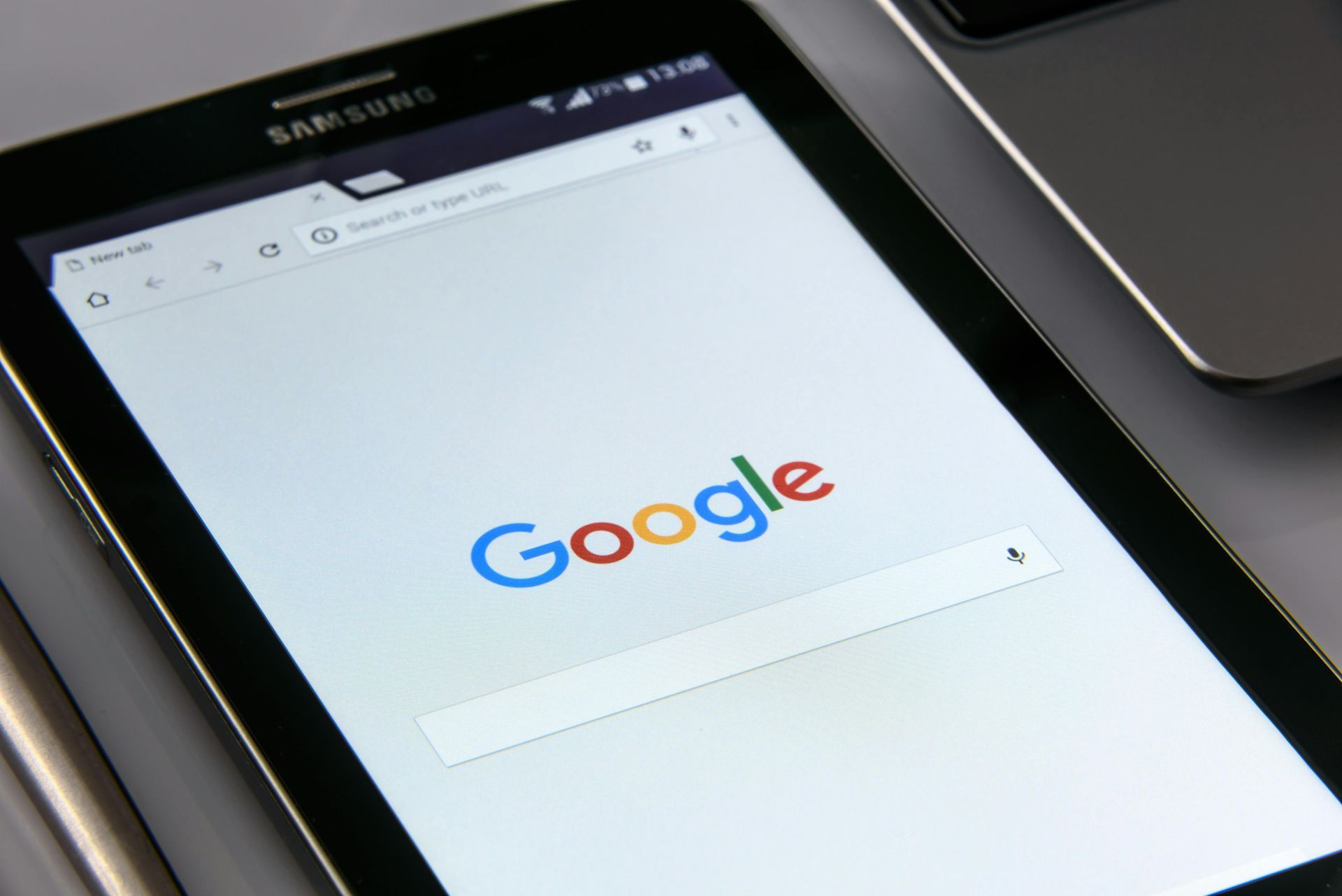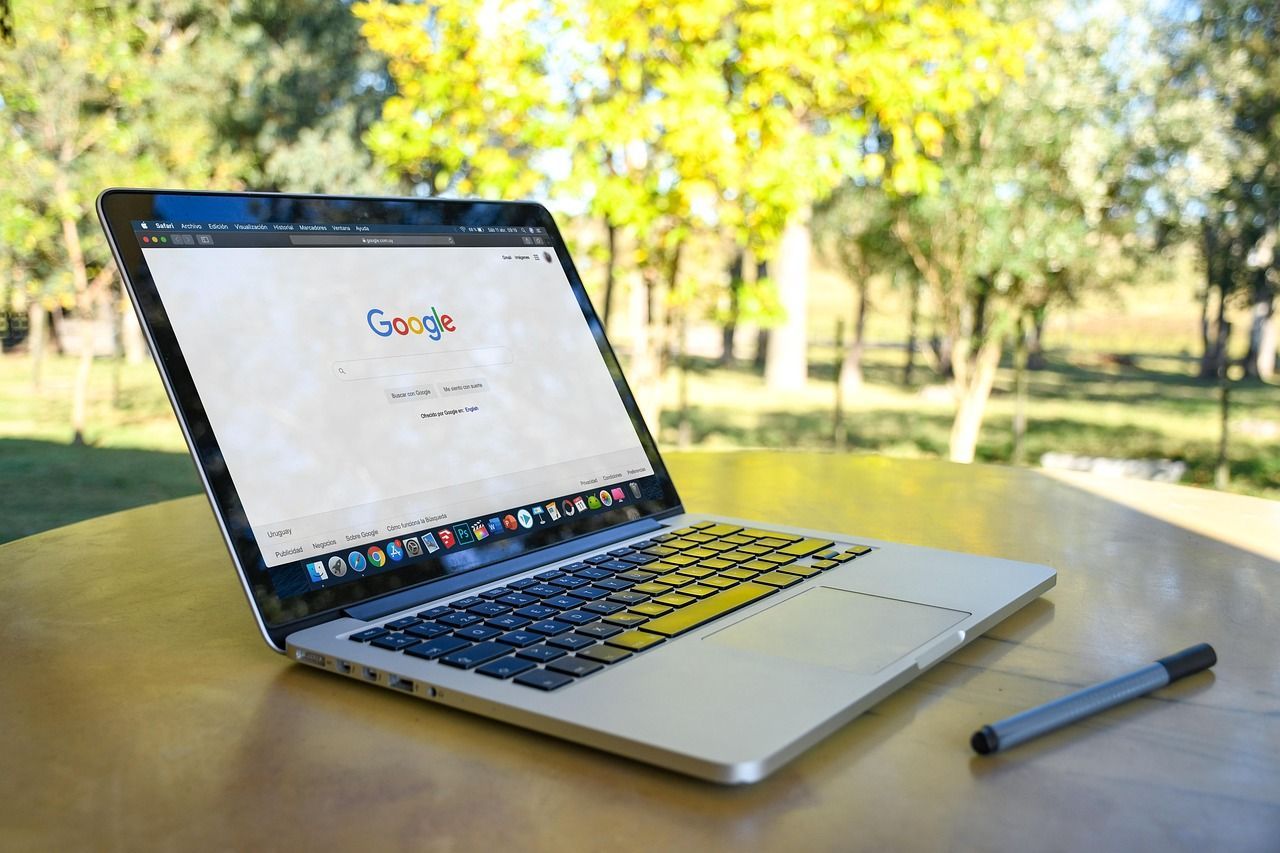Traditional Marketing vs. Internet Marketing: Same Goal, Different Physics
At first glance, marketing looks the same no matter where you do it. Whether you’re buying a TV spot in the 1990s or running a TikTok ad in 2025, the goal hasn’t changed: grab attention, build interest, and move people toward a purchase. That’s Marketing 101.
But while the goal hasn’t changed, the playing field has, and that shift in “physics” is what confuses a lot of smart business people.
The Physics of Scarcity vs. Abundance
Traditional marketing was built in a world of scarcity. Scarcity of channels, scarcity of choice, scarcity of competition for attention. You had a handful of newspapers, three major TV networks, a local radio station or two. You placed your ad, crossed your fingers, and hoped repetition and reach did the heavy lifting. People couldn’t immediately check ten other options. They couldn’t click away. They were, in a sense, captive.
The internet doesn’t play by those rules. Online, attention is infinite but fleeting. There are thousands of alternatives, all available in seconds. The same person who might watch your 30-second TV spot without complaint will bounce from your website in under three seconds if it doesn’t load cleanly. Traditional marketing was about persuasion over time. Internet marketing is about reducing friction in the moment.
When Selling Backfires
Take a simple product page as an example. In traditional marketing, the goal was to sell. You’d craft a compelling story, pile on benefits, testimonials, maybe even a dramatic call to action. On the internet, if someone’s already on your product page, the “selling” has already happened. They Googled, clicked, or searched their way to you. They’re not browsing idly like a TV viewer; they’re hunting.
Your job at that point isn’t to persuade, it’s to get out of their way. The most successful ecommerce sites aren’t the ones with the longest copy, but the ones with the clearest “Buy Now” button, the shortest checkout flow, and the fastest delivery promises.
This is where many experienced business owners get tripped up. They’ve been trained to think more persuasion equals more sales. And in the offline world, that often worked. Online, the opposite typically holds true. The harder you try to sell once someone’s already in the buying mindset, the more likely they are to click away. It feels pushy, maybe even a bit scammy.
Faster Loops, Sharper Feedback
Another major difference lies in feedback loops. Traditional marketing was slow. You’d run a campaign, wait weeks or months, then look at sales figures to decide if it worked. Internet marketing happens in real time. You can watch where people click, how far they scroll, where they abandon their carts. Tools like heatmaps, session recordings, and A/B testing show you exactly what users do, not what they say they do. That level of granularity is a blessing and a curse. It means you can fine-tune faster than ever before, but it also means the old gut-driven instincts don’t cut it anymore.
Control Is a Myth Online
Then there’s the control factor. Traditional marketing gave businesses near-total control of the message. You crafted the ad, placed it, and the customer had no easy way to talk back. Online, customers have the microphone, too. Reviews, forums, social media, they all shape the narrative in ways you can’t simply buy your way around. That requires a new mindset, which is less “broadcast” and more “conversation.”
Persuasion Still Matters, But Earlier
None of this is to say that persuasion is dead online. It’s not. But persuasion has shifted earlier in the funnel. Your social media presence, your search visibility, your ad creative, those are where you still need to earn attention and build trust. Once someone arrives at your site, though, the job changes. It’s no longer about “convincing.” It’s about “enabling.” That’s the physics shift.
Same Goal, Different Gravity
So when traditional marketers scratch their heads at why their website isn’t performing, it’s usually not because they don’t understand marketing. It’s because they’re applying earth-gravity rules to a zero-gravity environment. Offline, you sell harder to push people toward action. Online, you remove friction so the action happens naturally. Same goal. Different physics.
The businesses that thrive are the ones that recognize the distinction. They know that storytelling, persuasion, and branding still matter, but they place those upstream. And when it comes time for the customer to buy, they step aside and make it easy. Because on the internet, you don’t need to put people “in the mood.” If they’re already on your site, they’re there. All you have to do is clear the runway.









